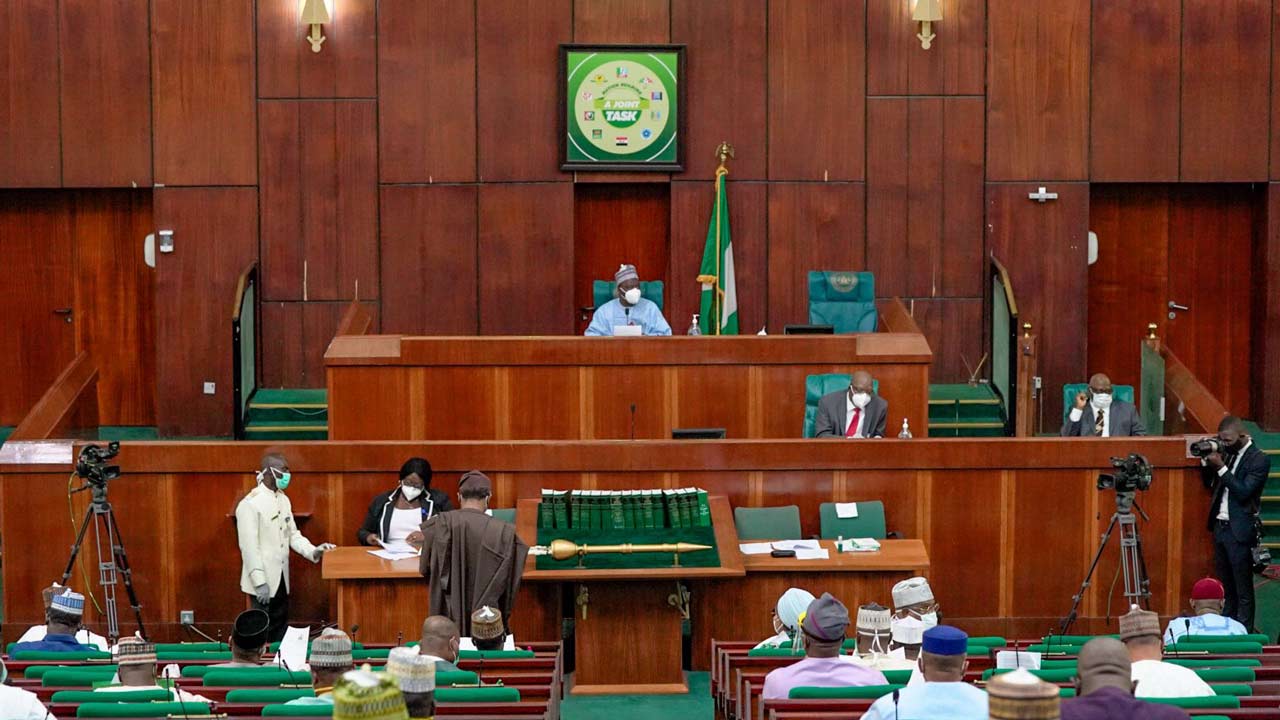Nigeria’s lawmakers are in talks over whether to cede parts of Adamawa State to Cameroon or not. Both countries are laying claims to the land and are stuck.

The House of Representatives ad hoc committee on International Boundary Dispute is handling the dispute.
Cameroon is laying claim to Sina in Michika Local Government Area, LGA, of Adamawa.
Beni Lar, the Chairman of the Committee, gave the committee’s ruling in Abuja on Tuesday at an investigative hearing on the Nigeria-Cameroon boundary disputes.
Lar said the demarcation of the boundary should be on hold until both parties resolve the disputes.
According to her, the committee would visit Adamawa to get a comprehensive report.
“We did the first phase of this, similar to the DANARE-BIAJUA Axis of Cross River State and as a fallout of that, the Speaker through a request by Rep. Dauda Nyampa included Sina area to the committee’s terms of reference,” she said.
Committee To Visit Adamawa
Also, she hinted that the committee would visit Adamawa on a fact-finding mission.
According to her, the committee had already notified the governor of the visit.
She said the committee discovered that there was lack of security posts and barracks on the nation’s land borders, whereas such were visible on the Cameroon side of the borders.
Also Read: NGX: UBA Gross Earning Hits ₦982bn, PBT Rises To ₦404bn
This, according to her, necessitated the interactive session with the security formations which was to assess the role of security agencies in safeguarding the territorial integrity of Nigeria.
Also, the Director General, National Boundary Commission, Adamu Adaji, said the demarcation was in line with the ruling of the International Court of Justice, ICJ.
He said so far, the sub-commission on demarcation had emplaced a total of 2, 214 pillars on the boundary between Nigeria and Cameroon.
“The Adamawa state sector of the boundary between Nigeria and Cameroon as decided by the International Court of Justice is based on treaties and agreements colonial masters entered.
“The courts upheld these treaties and agreements to re-establish the boundary. It is not a new boundary.
”It is a boundary that has been existing and there are documents that show the fact that these boundaries have been existing.
“What the court ruled was that go and use this document to re-establish the boundary as it has always been recognised,” he said.

